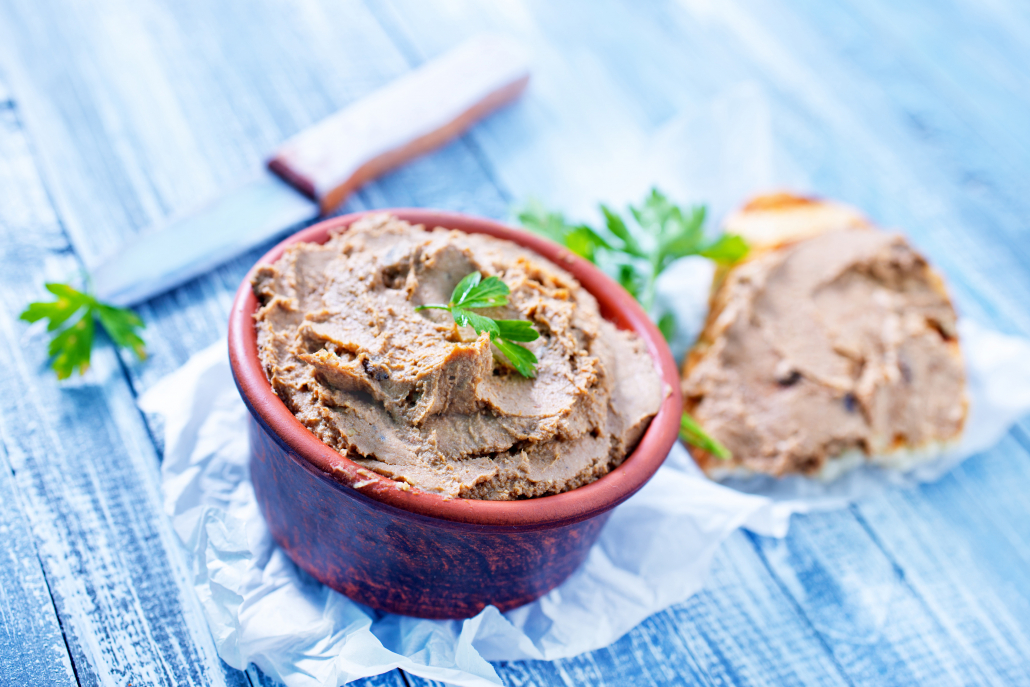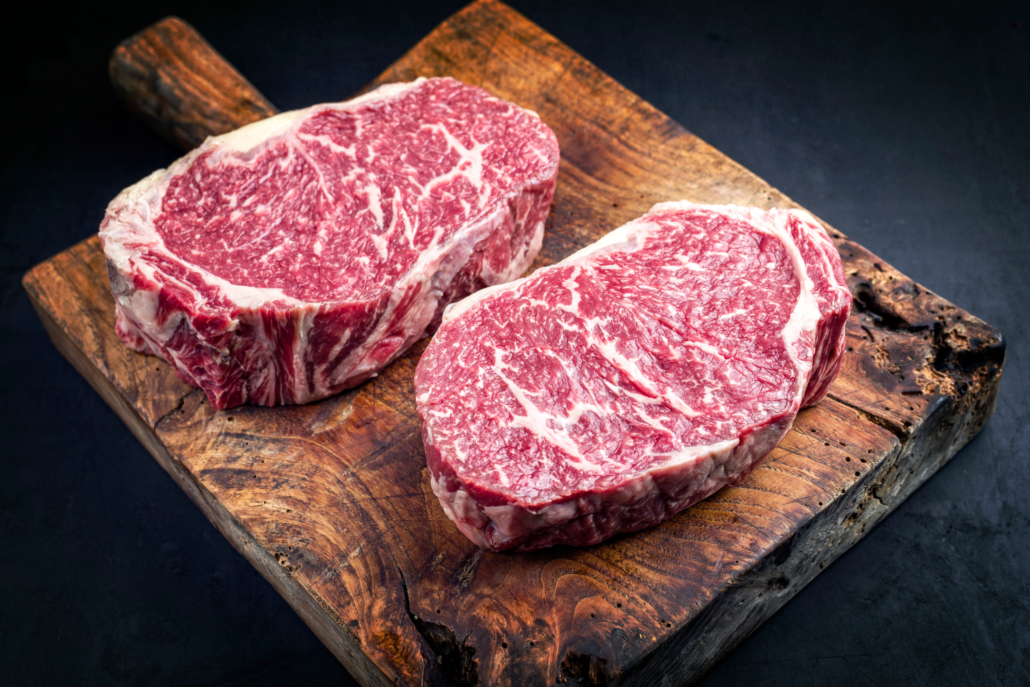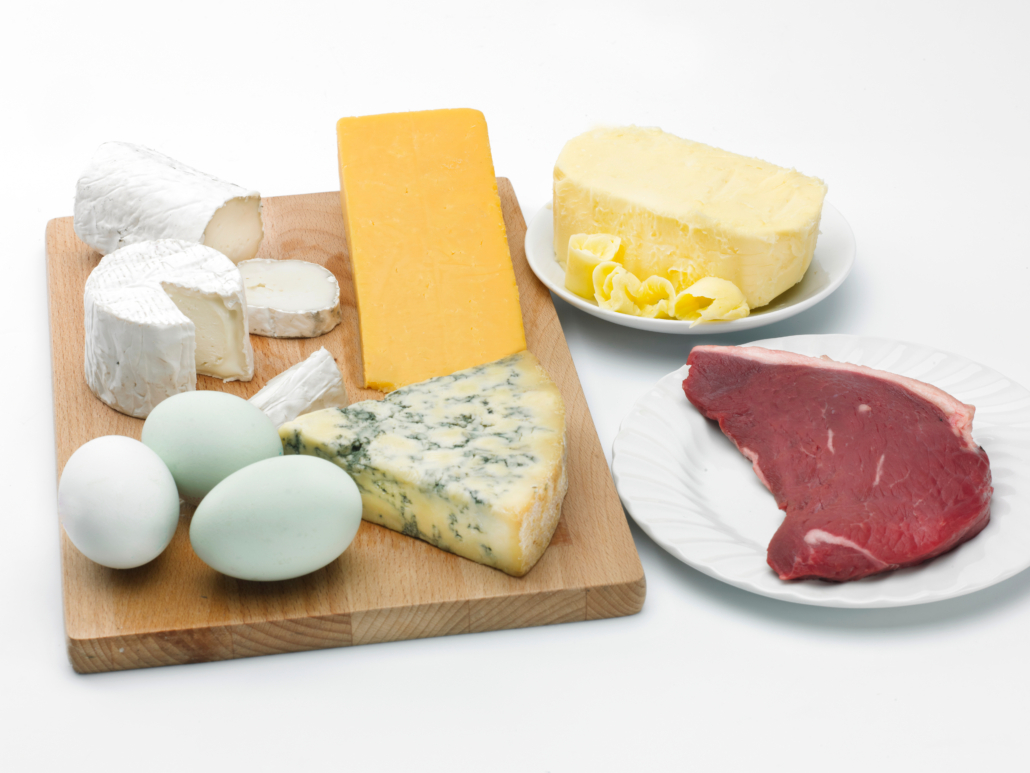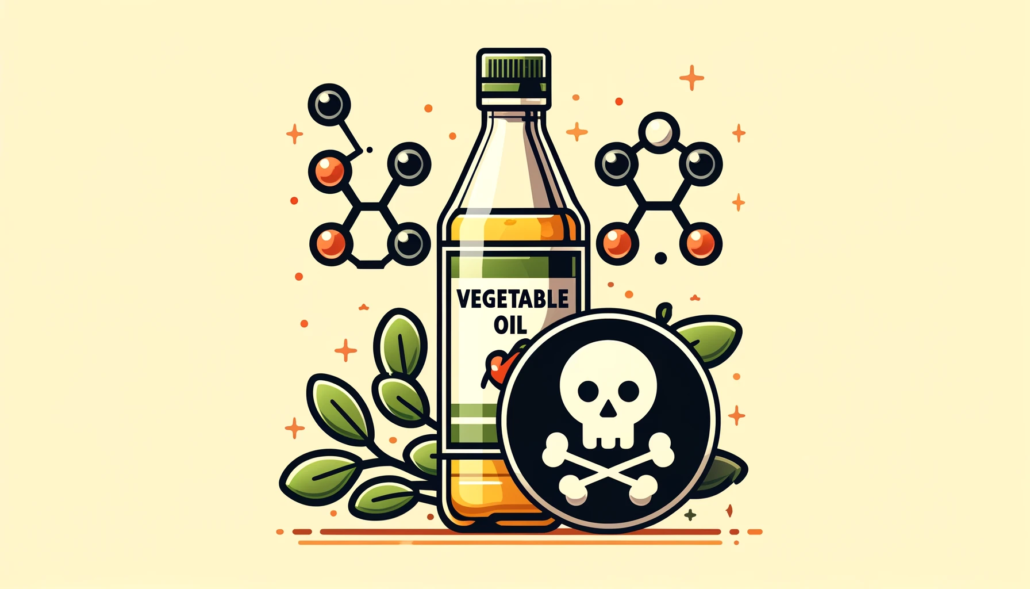We include products in articles we think are useful for our readers. If you buy products or services through links on our website, we may earn a small commission.
Is Duck Red Meat? And Does it Matter?
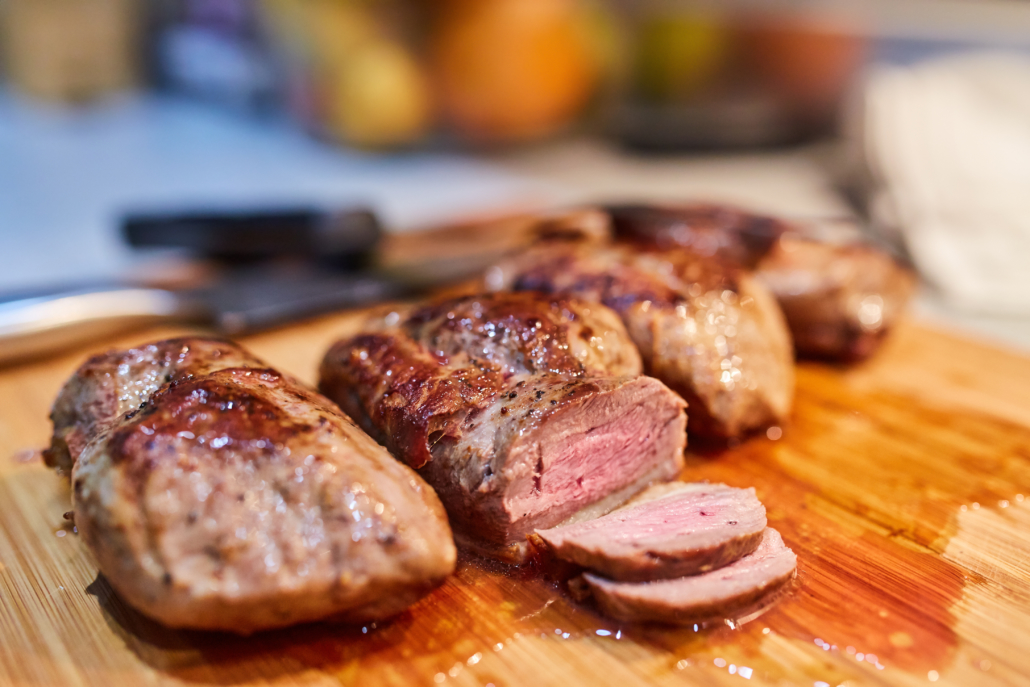
Duck is a type of poultry, yet duck meat, especially duck breast, has a darker color, more like steak than chicken. This may cause you to wonder, is duck red meat?
Perhaps, more importantly is the fact that by asking this question, you likely have some preconceptions about the benefits or dangers of red meat.
In this article, we’ll definitively answer the question, is duck red meat? And we’ll briefly address health concerns around consuming red or white meat.
Table of Contents
Red Meat vs. White Meat: What’s the Difference?
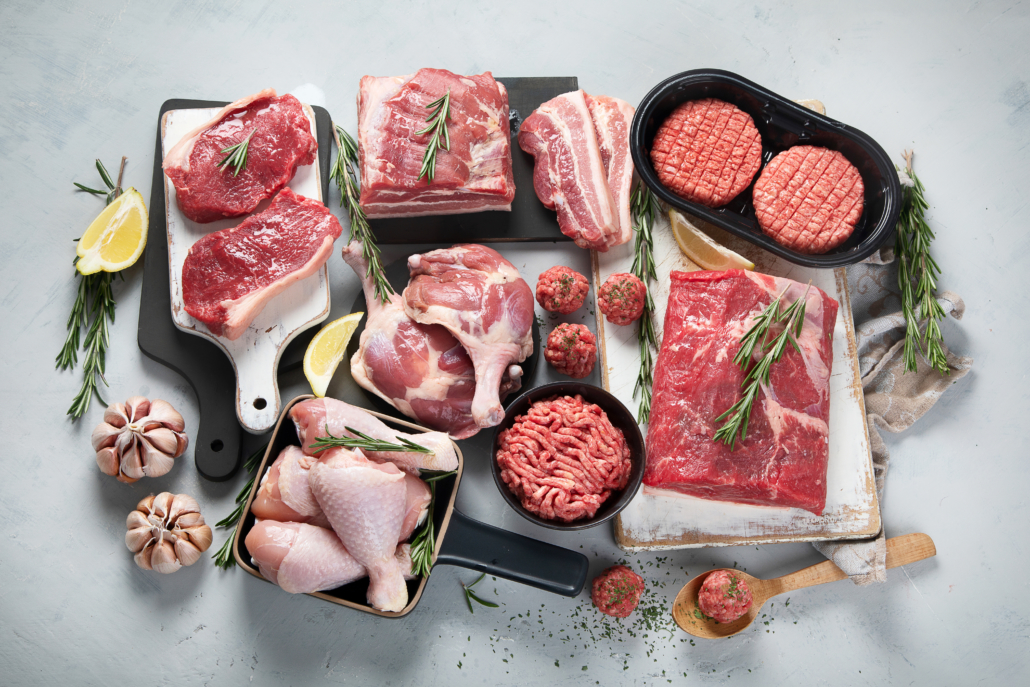
The main difference between red meat and white meat is that red meat generally has more myoglobin than white meat.
Myoglobin is a protein in the muscles of mammals that binds with oxygen. It’s this oxygen binding that is responsible for the red color.
Meats like beef, lamb, and bison, have high levels of myoglobin and are therefore red meat.
Additionally, cuts of meat from muscles that use more oxygen may also be redder in color. This is why duck breast, chicken thigh and leg meats are darker than chicken breasts.
And when it comes to pork and duck, the distinction gets even more muddled. Most duck breast is darker than most pork, which is considered a red meat. So what’s going on here?
As we’ll see below, the classification of meats as red or white is relatively arbitrary.
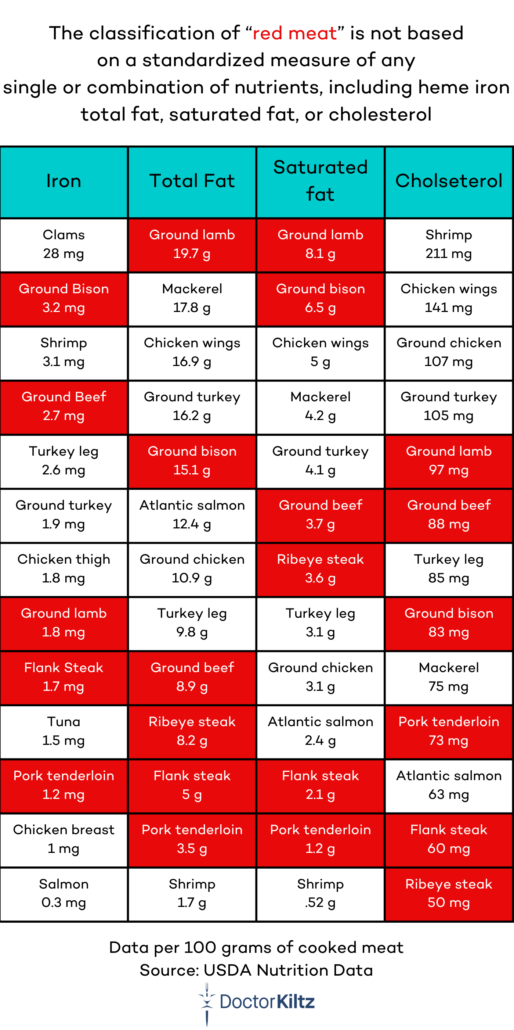
Classification of Duck Meat According to the USDA
According to the United States Department of Agriculture (USDA), duck is officially considered “white” meat.
This classification simply lumps duck in with all poultry refined by birds of flight like chicken, goose, and turkey.
The redness of duck meat is due to the fact that ducks fly more than these other types of poultry. Since their breast muscles do more work, more oxygen is delivered to these muscles by red blood cells. The oxygen is then stored in the muscle by myoglobin.
The redness of duck meat is shared by other game birds who spend a lot of time flying.
Culinary Classification of Duck Meat
Contrary to the USDA classification of duck as red meat, culinary traditions consider duck a red meat.
This is because it stays dark when cooked and has a higher fat content similar to red meats from four legged land animals.
The designation of duck as a culinary red meat is apparent in the fact that duck is most often paired with red wines like common red meats. While other poultry is most often paired with white wine. 5
Additionally, like steak and lamb, duck is most often cooked to medium rare and served slightly pink on the interior.
It’s worth noting that the USDA recommends cooking duck to an internal temperature of 165°F (74°C), the same as chicken.
You may find some people in the culinary professions referring to duck as white meat since, after all, that is its “scientific” designation.
In any case, duck is a highly nutritious meat that deserves a place on your table.
In fact, duck liver is one of the most nutrient-dense foods on earth, providing over 1000% of vitamin A (retinol), and over 2000% of your RDV of vitamin B12.
Below you’ll find the nutrient lists for both duck breast and liver.
Nutrients in Duck Meat
Nutrients per 100 grams of duck breast
| Nutrient | Amount per 100 grams | %RDV |
| Calories | 202 | |
| Fat | 10.8 g | |
| Saturated Fat | 2.9 g | |
| Monounsaturated Fat | 5.4 g | |
| Protein | 24.5 g | |
| Vitamins and Minerals | ||
| Vitamin C | 2.8 mg | 5% |
| Niacin | 7.0 mg | 39% |
| Selenium | 26.4 mcg | 38% |
| Iron | 3.3 mg | 18% |
Nutrients in duck liver (not foie gras) per 100 grams
| Nutrient | Amount per 100 grams | % RDV |
| Calories | 136 | |
| Cholesterol | 515 mg | |
| Fat | 5 g | |
| Saturated Fat | 1 g | |
| Monounsaturated Fat | .7 g | |
| Protein | 19 g | |
| Carbohydrates | 4 g | |
| Vitamins | ||
| Vitamin C | 4.5 mg | 5% |
| Vitamin B3 (Niacin) | 6.5 mg | 41% |
| Vitamin B1 (Thiamin) | 0.6 mg | 47% |
| Vitamin B6 | 0.8 mg | 58% |
| Vitamin B2 (Riboflavin) | 0.9 mg | 69% |
| Vitamin B5 (Pantothenic acid) | 6.2 mg | 124% |
| Vitamin A | 39907 IU | 1330% |
| Vitamin B12 | 54 mg | 2240% |
| Minerals | ||
| Manganese | 0.3 mg | 11% |
| Zinc | 3.1 mg | 22% |
| Phosphorus | 269 mg | 27% |
| Selenium | 67 mg | 122% |
| Iron | 30.5 mg | 170% |
| Copper | 6 mg | 662% |
What Do Duck and Steak Have in Common?
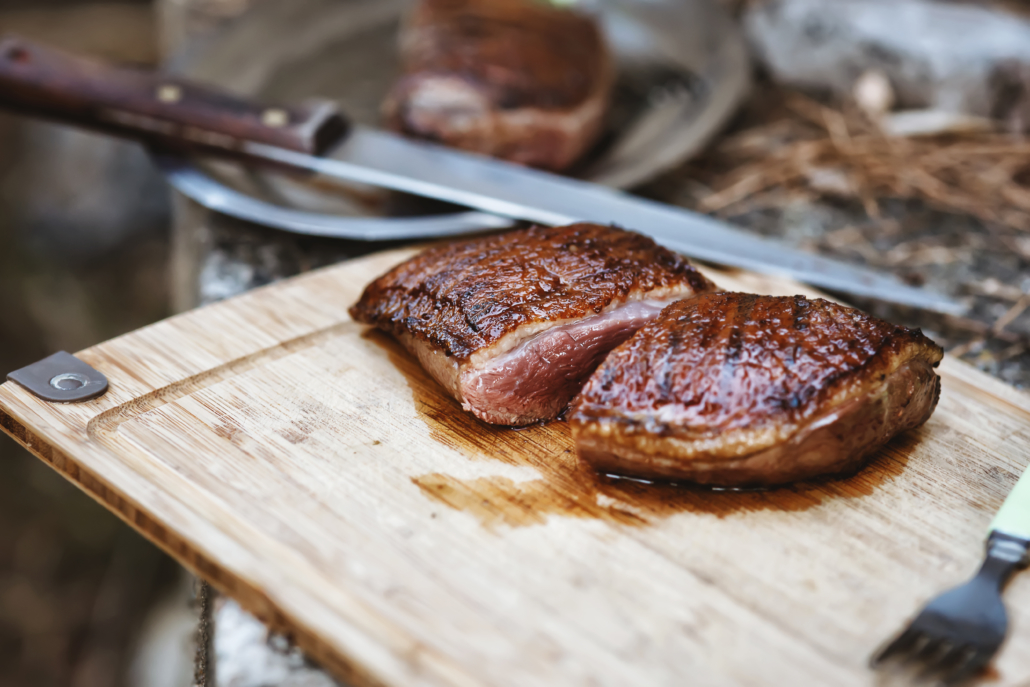
Duck meat and steak have a lot more in common than chicken and duck. Let’s look at these commonalities and what they mean for cooking and nutrition.
Cook duck like a steak
Since duck breast is, culinarily speaking, a fatty red meat, it is best cooked like red meat.
This often entails an initial sear, then a gradual increase in temperature by cooking in the oven for a few minutes.
Make Duck Part of a High-Fat, Low-Carb Diet
Ducks are one of the fatties cuts of poultry meat. The fat around their muscles and beneath the skin is there to keep them warm when swimming in cold water.
The relatively fat content of ducks make them a great addition to a low-fat high-carb diet like the ketogenic and carnivore diets.
About 50% of duck fat comes in anti-inflammatory monounsaturated fatty acids that have been shown to reduce the risk of heart disease. .
Since duck fat is not as marbled as steak, it is easily rendered into tallow.
When Dr. Kiltz enjoys a “treat day” once in a while, he’ll fry french fries in duck fat.
Should You be Afraid of Red Meat?
Scientifically a white meat, but culinarily a red meat, duck is in fact a gray area. But even if duck were a bonafide red meat, there would not be any reason to stay away from it.
Despite the numerous anti-meat headlines, the reality is that there are exactly zero studies showing that fresh red meat is responsible for any negative health consequences.
The protein, saturated fat, and cholesterol found in red meat are not just harmless but healthy.
Here’s a brief rundown of the modern science on red meat and health:
- Numerous modern studies, including data from millions of participants, show that for the average person, saturated fat is not associated with heart disease, cancer, stroke, diabetes, and death from heart attack.
- The major 2019 NutriRECS study was conducted to be a rigorous review of all the studies on meat consumption and health. The study looked at data from 48 studies, including over 5.7 million participants. Researchers found that reducing fresh (unprocessed) red meat had no statistically significant impact on incidences of prostate cancer mortality and the incidence of overall breast, colorectal, esophageal, gastric, pancreatic, and prostate cancer.
- Studies comparing incidences of colorectal cancer (that meat is often blamed for) between vegetarians and meat eaters have found no differences. If red meat were a carcinogen, you’d expect that not eating meat would have some effect on reducing cancer rates compared with meat eaters.
- Not only does the evidence show that red meat does not cause cancer or heart disease, numerous studies have found that total meat consumption correlates with greater life expectancy. This finding is independent of total caloric intake, economic status, urban advantages, and even obesity
Is Duck Red Meat? The Bottom Line
According to the USDA, duck is classified as a white meat.
However, the myoglobin in duck meat causes it to be much redder than other white meat poultry. Duck is also higher in fat than other poultry.
For these reasons, duck in most culinary traditions duck is considered a red meat.
Regardless of its classification, duck, like other red meats, is remarkably healthy, loaded with healthy fats, and protein, and offers significant amounts of B vitamins.
Duck liver is even healthier than muscle meat. In fact, it’s one of the world’s most abundant sources of vitamin A and B12.











